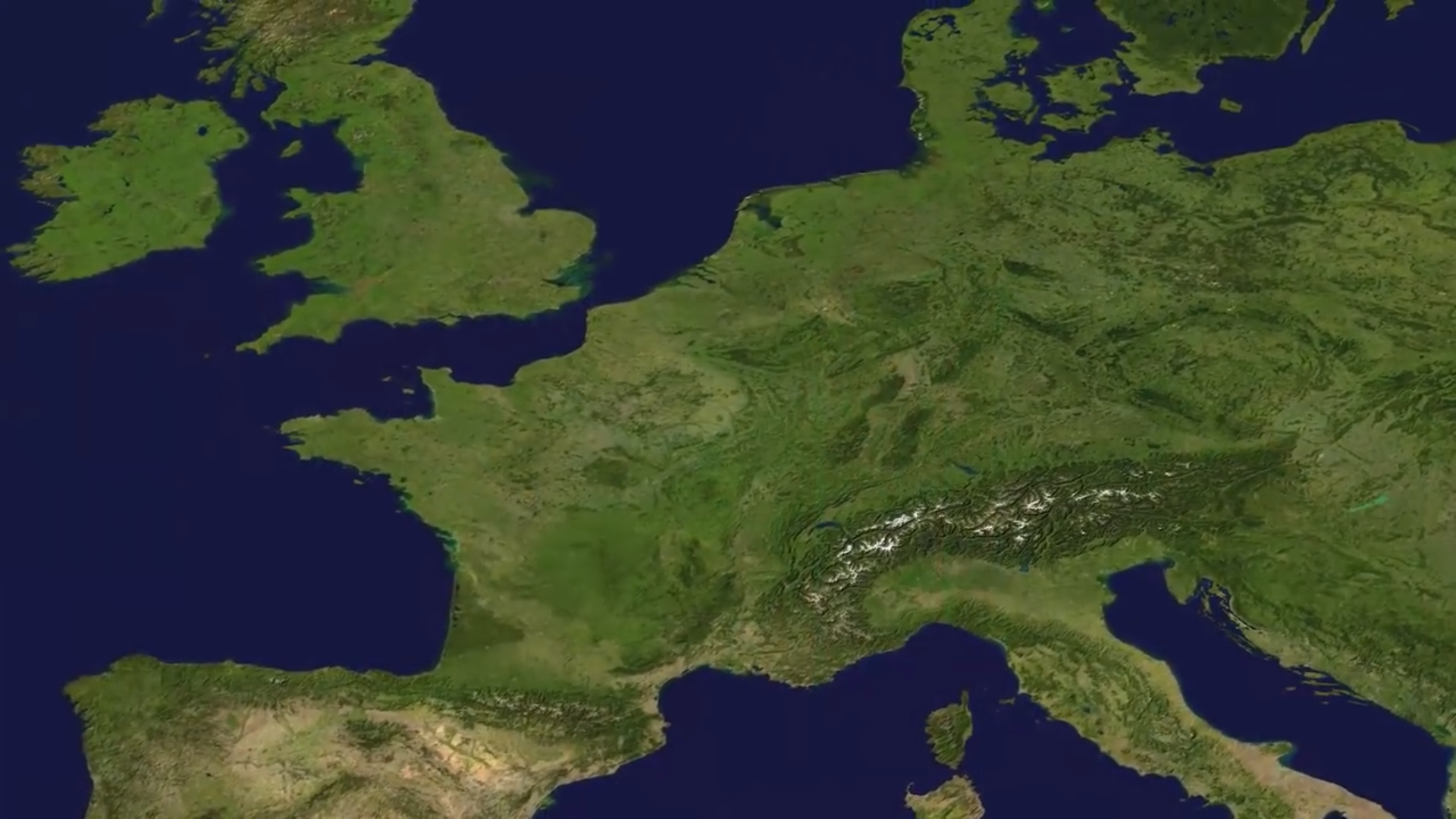
The inland northwest actually has many different sub-biomes in it. Variations within the bioregion. And it really branches out when you look at the climate analogues with other parts of the world. There are ALOT of options for things people can grow and how to grow them within the region!
Climate Analogues: Understanding Similar Climates Across the World
Climate classification is a method used to describe and categorize different climates across the world. These classifications are based on a variety of parameters, such as temperature, precipitation, and vegetation, among others. Climate analogues refer to two locations that have similar climate classifications, which can have important implications for society, including where people choose to live, what crops they grow, and how to think about climate change and international trade and industry.
Climate Classification Parameters
Climate classification is based on a variety of parameters that can be used to compare different climates. The most common parameters include temperature, precipitation, and vegetation. Temperature is usually the most important parameter, and is often used to divide climates into groups based on the temperature range. Precipitation is also important, as it can determine the type of vegetation that grows in a particular climate.
Other parameters used in climate classification include altitude, latitude, and ocean currents. Altitude can have a significant impact on climate, as temperatures usually decrease with elevation. Latitude also plays a role, as the amount of sunlight and the angle of the sun can vary significantly depending on the location. Ocean currents can also affect climate, as they can transport warm or cold water to different regions, influencing the temperature and precipitation patterns.
Examples of Climate Analogues
There are many examples of climate analogues across the world, which are important for understanding the distribution of different plants and animals, as well as the impact of climate change. One example of a climate analogue is the Mediterranean climate, which can be found in regions such as California, Chile, and South Africa. These regions share similar temperature and precipitation patterns, which have led to the evolution of similar types of vegetation, such as shrubs and small trees.
Another example of a climate analogue is the boreal forest, which can be found in regions such as Alaska, Canada, and Russia. These regions have similar temperature and precipitation patterns, which have led to the evolution of similar types of trees, such as spruce, pine, and fir. The boreal forest is also an important carbon sink, which is important for mitigating “climate change.”
Implications for Society
Climate analogues have important implications for society, as they can influence where people choose to live, what crops they grow, and how to think about climate change and international trade and industry. For example, people may choose to live in regions with a similar climate to their home country, which can influence migration patterns and cultural exchange.
Climate analogues can also influence agriculture, as crops that grow well in one region may also grow well in another region with a similar climate. This can be important for global food security, as climate change and other factors may impact the ability to grow crops in certain regions.
Finally, climate analogues can also be important for thinking about climate change and international trade and industry. As climate change continues to impact different regions across the world, it may become necessary for countries to shift their economic focus and trade patterns. Climate analogues can provide important insights into which regions may be able to adapt to new climatic conditions, and which regions may be at risk.
Conclusion
Climate analogues are an important tool for understanding the distribution of different climates across the world. By comparing different regions based on climate classification parameters, we can identify regions that have similar climates, which can have important implications for society, agriculture, and global trade and industry. As climate change continues to impact different regions across the world, it will be important to consider climate analogues when thinking about adaptation and mitigation strategies.